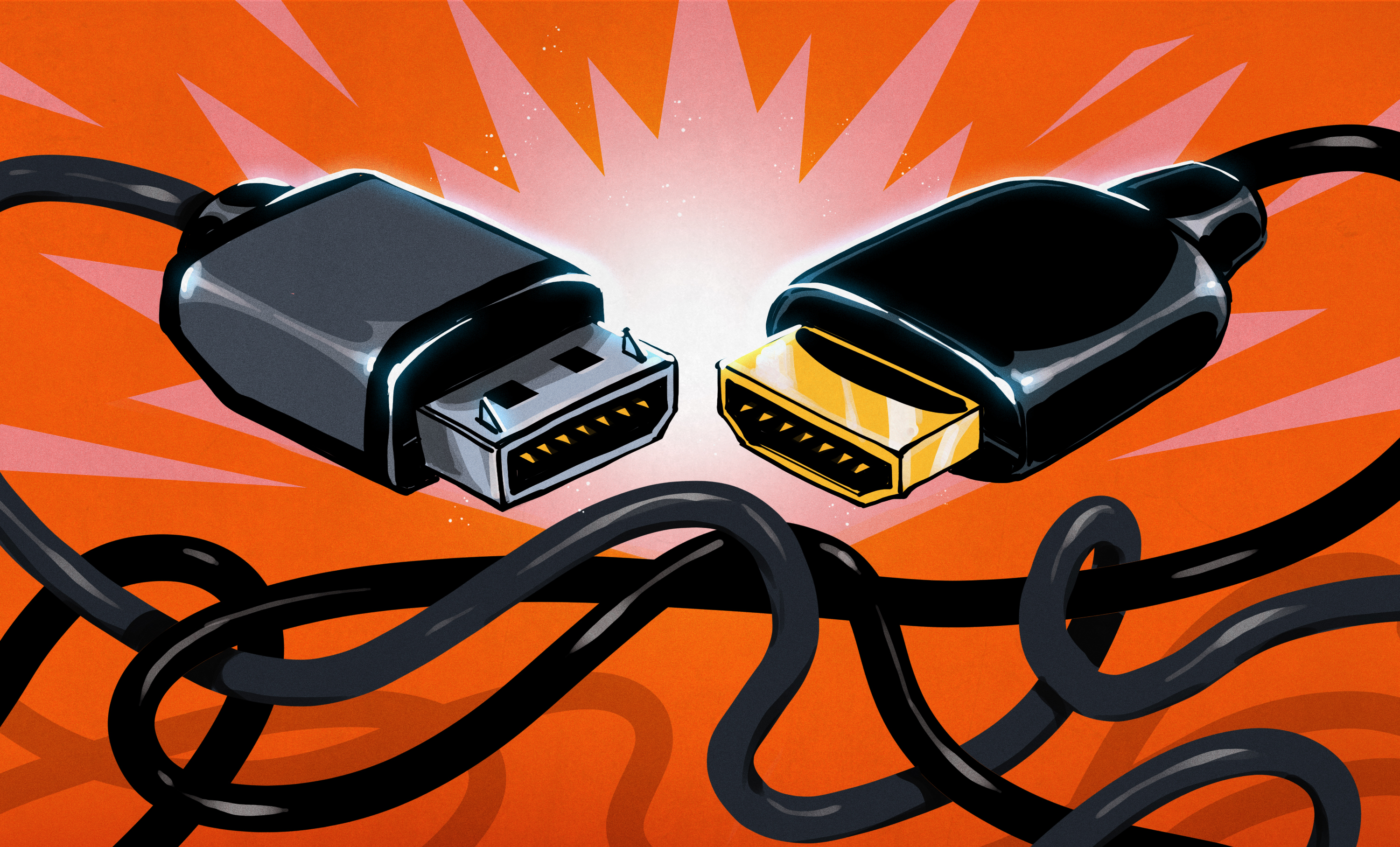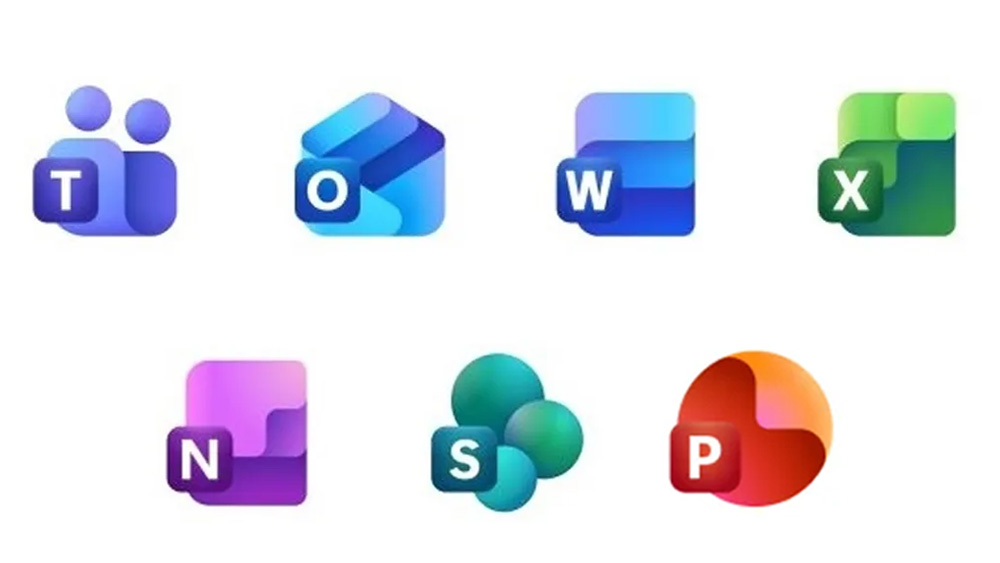GPMI: A New High-Speed Digital Video Interface Emerges to Challenge HDMI

The technology press has been buzzing with excitement over the last couple of days due to a series of announcements concerning GPMI, a groundbreaking new standard poised to transform the digital video interface landscape. Supported by a consortium of prominent Chinese hardware companies, GPMI is designed to rival the well-established HDMI (High-Definition Multimedia Interface) by offering a high-speed digital video interface that promises significant advancements in data transmission capabilities.
At the forefront of this initiative is the Chinese semiconductor giant HiSilicon, which has released a comprehensive whitepaper outlining the features and benefits of GPMI. The document, available in Chinese with a Google Translate option, details a data rate that far exceeds that of HDMI, along with power delivery capabilities that surpass even those of USB-C. Most intriguingly, GPMI touts bi-directional data transfer, an advancement that could revolutionize the way devices communicate and interact with each other.
While it may be premature to declare the end of HDMI, the rapid development and potential adoption of GPMI suggest that the next few years will witness intriguing advancements in hardware, as manufacturers react to the emergence of this new competitor. The tech industry is known for its rapid evolution, and GPMI could be a significant player in this ongoing saga.
Delving deeper into the marketing material circulating online, it appears that GPMI is part of an early movement towards supporting 8K video content. As display technology advances, some are left wondering just how far we can push resolution beyond the limits of human vision before it becomes mere marketing hype. Nonetheless, there is undeniable demand for higher-bandwidth interfaces to accommodate the growing appetite for high-definition content.
Reports indicate that GPMI will feature two distinct plug styles: one specifically designed for GPMI and another compatible with USB-C. Given the widespread use of USB-C in modern devices, it is expected that this connection standard will become the dominant option. However, the real question lies in how GPMI will be adopted. It is likely that consumers will not need to invest in entirely new equipment; rather, support for GPMI will be phased in gradually, ensuring compatibility with existing standards such as DisplayPort over USB-C. This means that users will likely experience a smooth transition without significant disruption.
Its worth reflecting on the technological landscape nearly a decade ago when VGA, an old stalwart, was phased out. Despite the rise of GPMI, it is unlikely that HDMI will face a similar fate in the immediate future. As the industry evolves, the presence of both GPMI and HDMI may coexist, catering to varying consumer needs and preferences.























